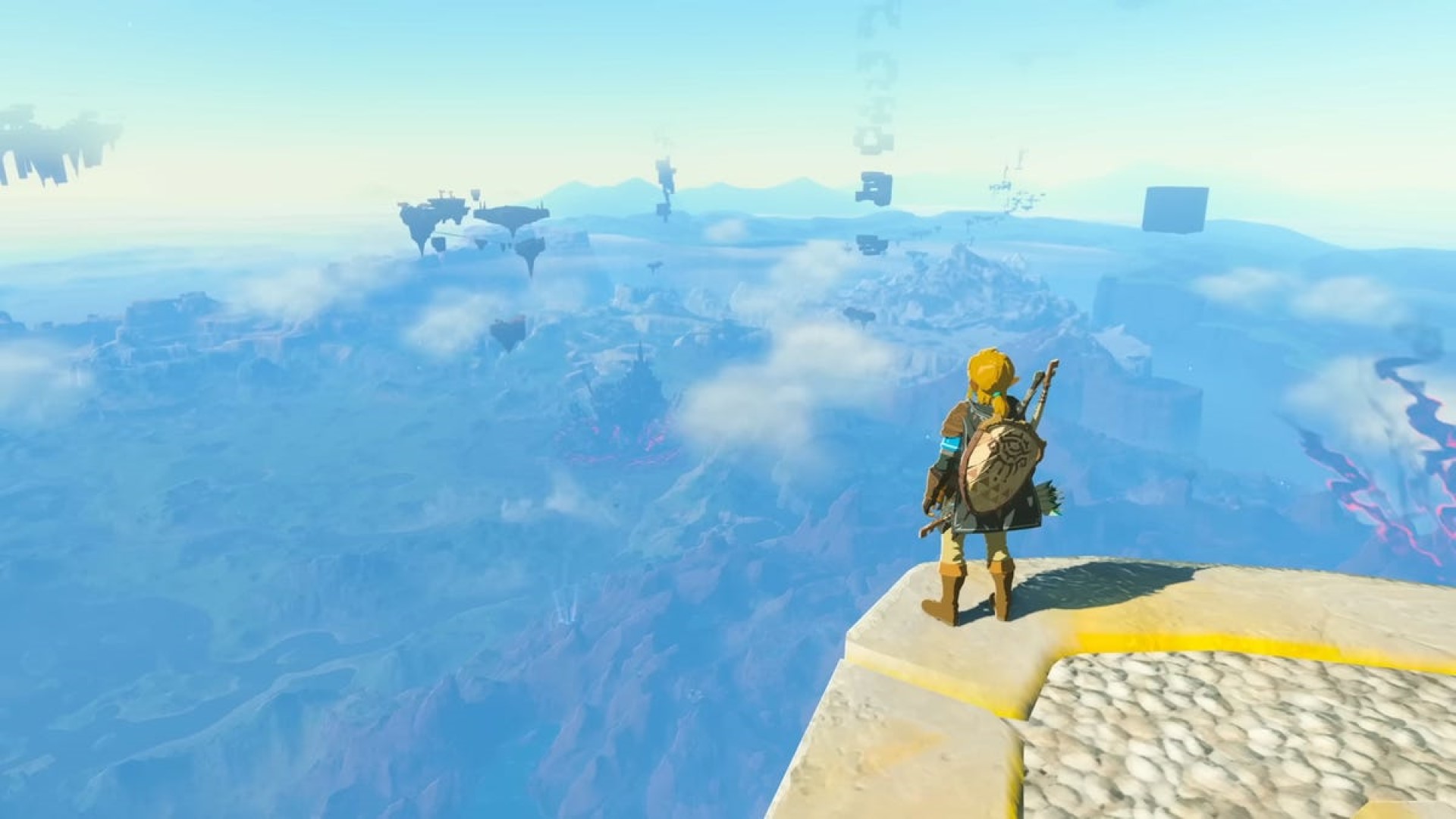Open world games have become a dominant force in the gaming industry, captivating players with expansive environments, emergent gameplay, and endless possibilities. But crafting these sprawling digital landscapes is no easy feat. It requires meticulous design, innovative tools, and a rigorous bug-fixing process – all scaled to a breathtaking magnitude. Buckle up, as we delve into the intricate world of open world game design and explore how developers tame the chaos to create unforgettable experiences.
Building the Blueprint: The Art of Open World Design
-
Striking the Balance Between Freedom and Focus:
Player Agency: Open world games thrive on allowing players to forge their own paths. Sandbox-style design lets players tackle objectives creatively, while more structured approaches offer clear goals with branching narratives. Finding the sweet spot between freedom and direction is crucial.
World-Building: Crafting a believable and immersive world is paramount. Developers consider factors like geography, history, and culture to create a cohesive environment that feels alive. Tools like procedural generation can populate vast landscapes with diverse flora, fauna, and settlements, but manual design is still necessary for key landmarks and points of interest.
-
Populating the World: Breathing Life into Open Spaces
NPCs and Factions: Non-playable characters (NPCs) add depth and interaction to the world. Open world games often feature a variety of NPCs, from friendly merchants to rival factions, each with their own routines and motivations.
Quest Design: Quests provide players with objectives and a sense of purpose. Open world games often balance linear quests with emergent and dynamic ones that react to player actions.
-
Making the World Interactive: Systems and Mechanics

Image Credit – GamingBolt Physics and Environment: A believable world needs realistic physics and environment interaction. Players expect objects to behave in a predictable manner, and the environment should react convincingly to their actions.
Combat and Stealth: Open world games often offer multiple approaches to combat, from head-on clashes to strategic stealth takedowns.
-
Tools and Techniques for Managing Complexity
Modular Design: Breaking the world down into modular components allows for efficient creation and iteration. Developers can build diverse environments by combining pre-fabricated assets with unique details.
Level of Detail (LOD): To optimize performance in vast landscapes, developers utilize LOD techniques. Distant objects are rendered with less detail to maintain a smooth frame rate.
Taming the Bug Monster: Strategies for Open World Bug-Fixing
The Scale of the Challenge: Open world games present a unique bug-fixing challenge due to the sheer size and complexity of the environments. Traditional methods like playtesting become overwhelming with so much ground to cover.
Prioritization and Reproducibility: Bug reports need to be meticulously prioritized. Critical bugs that break core gameplay mechanics take top priority. Additionally, ensuring bugs can be consistently reproduced is essential for efficient troubleshooting.
Advanced Techniques for Efficient Bug Squashing:
- World Simulation and Debugging Tools: Developers utilize specialized tools to simulate the world and identify potential issues before they reach players. Tools like pathfinding debuggers can visualize NPC movement and identify glitches.
- Community Playtesting and Bug Reporting: Open beta testing allows a large player base to explore the world and report bugs. This distributed approach helps developers discover issues that might be missed in internal testing.
- Data-Driven Bug Detection: By analyzing player data, developers can identify areas where players encounter frequent issues. This allows them to focus their efforts on specific areas of the world.
The Future of Open Worlds: Embracing Innovation
Procedural Generation: As technology advances, procedural generation will become even more sophisticated, allowing for the creation of truly dynamic and ever-evolving worlds.
AI-Powered NPCs and Events: Artificial intelligence can be used to create more believable NPCs with dynamic behavior and emergent storylines. Additionally, AI can be used to generate dynamic events that react to player actions, creating a more unpredictable and engaging world.
Conclusion: A Never-Ending Journey
The creation of open world games is a continuous dance between design, innovation, and meticulous bug-fixing. As the industry pushes boundaries, developers are constantly refining their approaches to build even vaster and more immersive worlds. With the tools and techniques at their disposal, the future of open world design promises exciting experiences that blur the line between reality and digital escapism.
















Add Comment